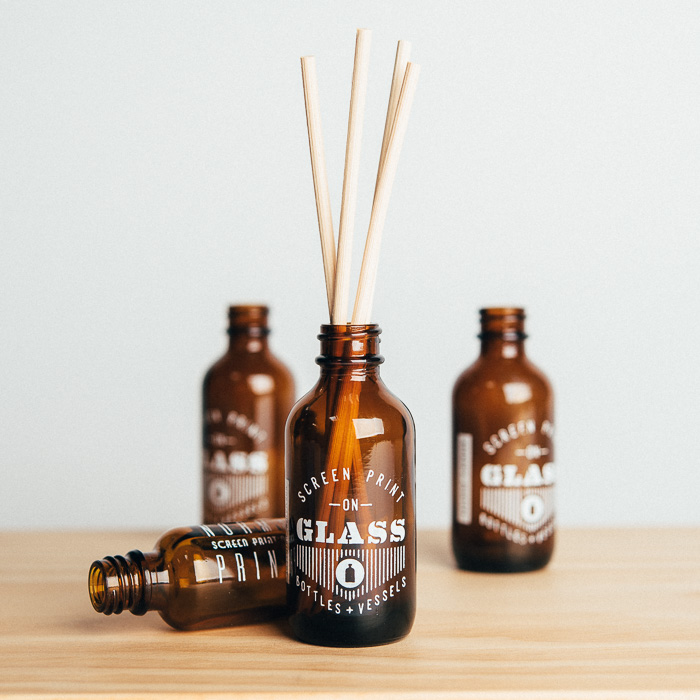Bottle screen printing is a great way to create customized labels and packaging for your products. However, making a few common mistakes can ruin your prints and waste your time and materials.
In this article, we’ll discuss 10 of the most common mistakes people make when screenprinting bottles, so by the time you’re done reading this, you’ll know exactly how to avoid them and deliver premium-grade screenprinted bottles to your customers. Let’s get started!
1. Not Prepping Before Printing
One of the most common mistakes people make when screenprinting bottles is not prepping their bottles before printing.
This seems like a small, insignificant step, but it’s actually very important. If you don’t prep your bottles before printing, the ink will have a harder time adhering to the surface of the bottle and is more likely to crack or peel over time.
Prepping your bottles is simple: just give them a quick wipe-down with rubbing alcohol before you start printing. This will remove any dirt, oil, or residue that could potentially interfere with the printing process.
2. Incorrect Screen & Image Alignment
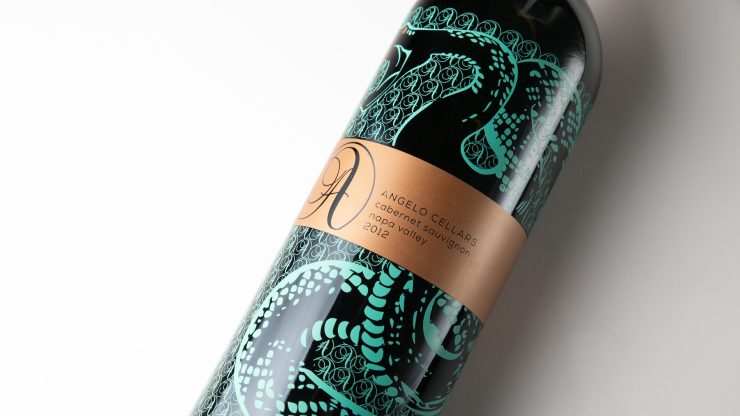
Another mistake people often make when screenprinting bottles is incorrect screen and image alignment.
If your screen and image are not aligned correctly, your print will be blurry and won’t look professional. This is easily avoidable by taking the time to line everything up before you start printing.
Make sure you calibrate things the right way before you get started, and take your time lining everything up. It might take a few tries to get it perfect, but it’ll be worth it in the end.
3. Ignoring Test Printing
A lot of people make the mistake of ignoring test printing when they’re screenprinting bottles.
Test printing is important because it allows you to check the alignment of your screen and image, as well as the density of your ink coverage. This way, you can make any necessary adjustments before you start printing on your final batch of bottles.
Don’t skip test printing – it’s a vital part of the screen printing process.
4. Using The Wrong Screen Mesh Size
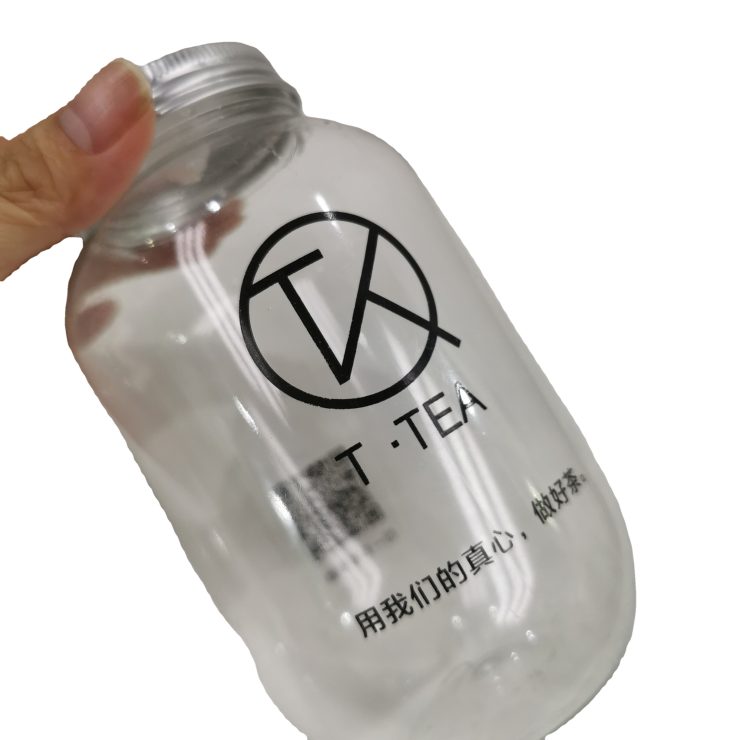
Another common mistake people make is using the wrong screen mesh size.
Screen mesh size refers to the number of threads per inch on the screen. The general rule of thumb is that the higher the number, the finer the detail you’ll be able to print. Most printers use 110 TPI or 195 TPI meshes, and they’re mostly fine.
However, if you’re printing a design with very fine details, you’ll need to use a screen mesh size of at least 230 TPI – according to the experts over at once-tech.com. However, if your design is relatively simple, you can get away with using a lower screen mesh size.
Experiment with different screen mesh sizes to see what works best for your design, but use this little tip as a general guide.
5. Poor Bottle Coverage
Poor bottle coverage is another mistake people often make when screen printing.
This usually happens when people try to print too much at once, which causes the ink to dry before it has a chance to adhere properly to the surface of the bottle. As a result, you end up with patchy, uneven prints that don’t look very good.
To avoid this, make sure you only print one side of the bottle at a time and give each side ample time to dry before continuing.
6. Incorrect Ink Mixing Ratios
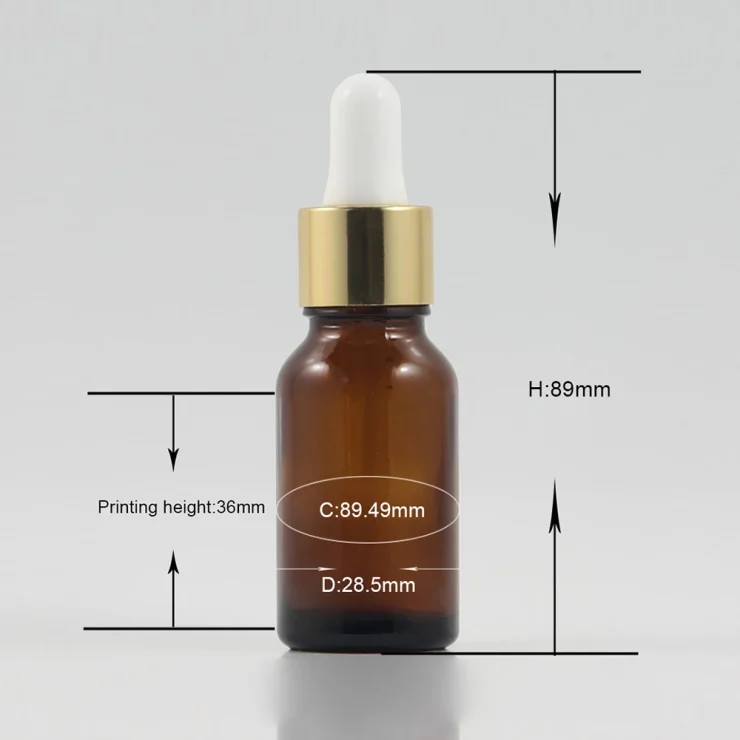
Another mistake people make is using incorrect ink mixing ratios.
Different inks have different mixing ratios, so it’s important that you use the correct ratio for the type of ink you’re using. If you don’t, the ink will either be too thick or too thin, which will affect the quality of your print.
Consult the ink manufacturer’s instructions to find out the correct mixing ratio for your particular type of ink.
7. Rushing To Get The Job Done
Rushing to get the job done is another mistake that people often make when screen printing.
Screen printing is a delicate process, and rushing through it will only result in subpar prints. So, take your time and don’t try to rush things. Print one bottle at a time and give each side ample time to dry before moving on to the next one.
If you rush, you’ll only end up making mistakes and your prints will suffer as a result.
8. Incorrect Drying After Printing
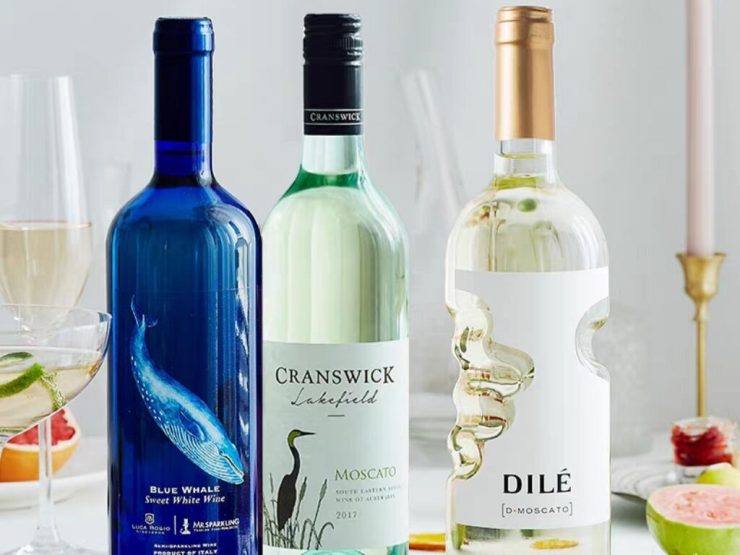
Incorrect drying after printing is another mistake that people often make.
After you’ve printed your bottles, it’s important that you let them dry properly before moving on to the next step in the process. Otherwise, the ink will smudge and your prints will be ruined.
There are a few different ways you can dry your bottles after printing, but the most common method is to use a heat gun. Heat guns use hot air to quickly and evenly dry your prints and evaporate inks. Just remember to let them sit for 48 hours after drying.
9. Not Curing The Ink Properly
Not curing the ink properly is another mistake people make when screen printing bottles.
Curing is the process of setting the ink so that it becomes permanent and won’t fade or wash away over time. This is usually done with a UV light, but you can also cure inks with heat.
If you don’t cure your ink properly, it will eventually fade or wash away, ruining your prints. So, make sure you cure your ink according to the manufacturer’s instructions.
10. Not Storing Bottles Properly

Not storing bottles properly is the final mistake we’ll be discussing.
After you’ve screen printed your bottles, it’s important that you store them properly to prevent the ink from smudging or fading. The best way to do this is to store them in a cool, dark place out of direct sunlight.
If you don’t store your bottles properly, the ink will eventually fade or wash away, ruining your prints. So, make sure you store them in a cool, dark place out of direct sunlight.
Conclusion
These are just a few of the most common mistakes people make when screen printing bottles. If you can avoid these mistakes, you’ll be well on your way to printing high-quality, professional-looking bottles. Just remember to take your time, use the correct inks and cure your prints properly.

